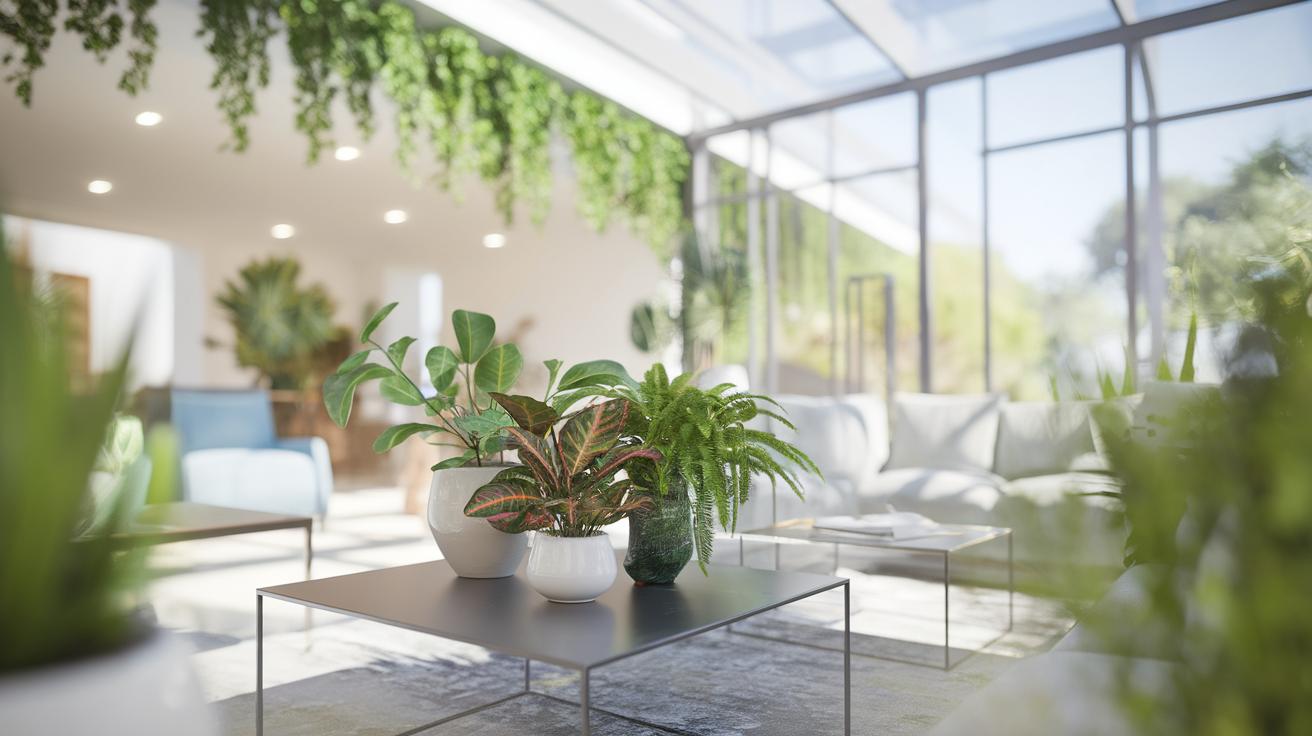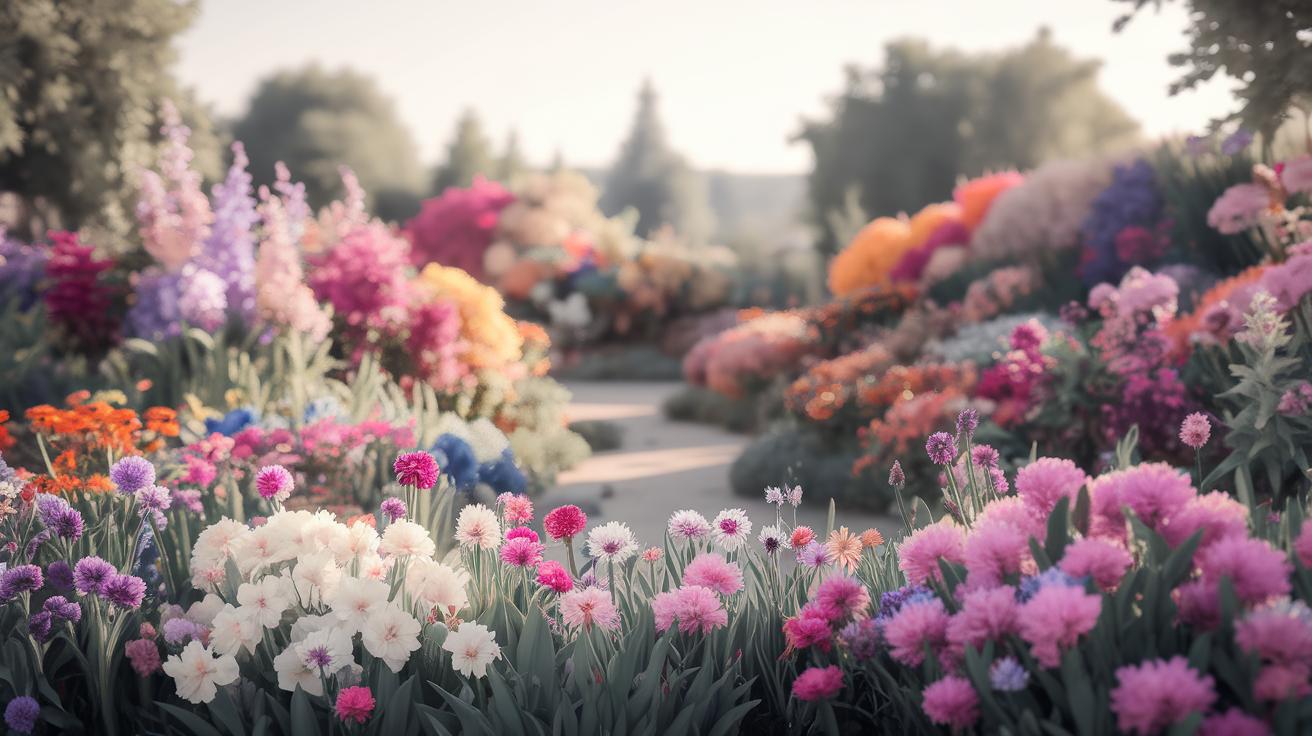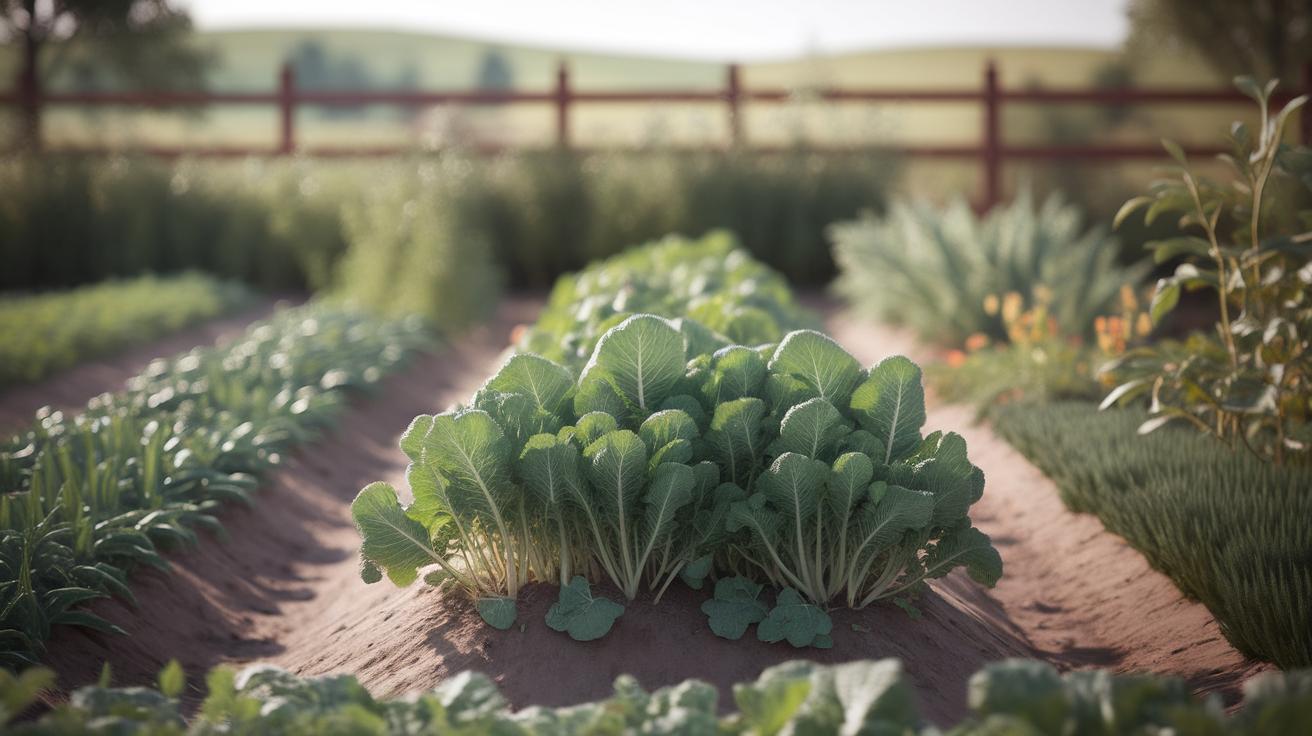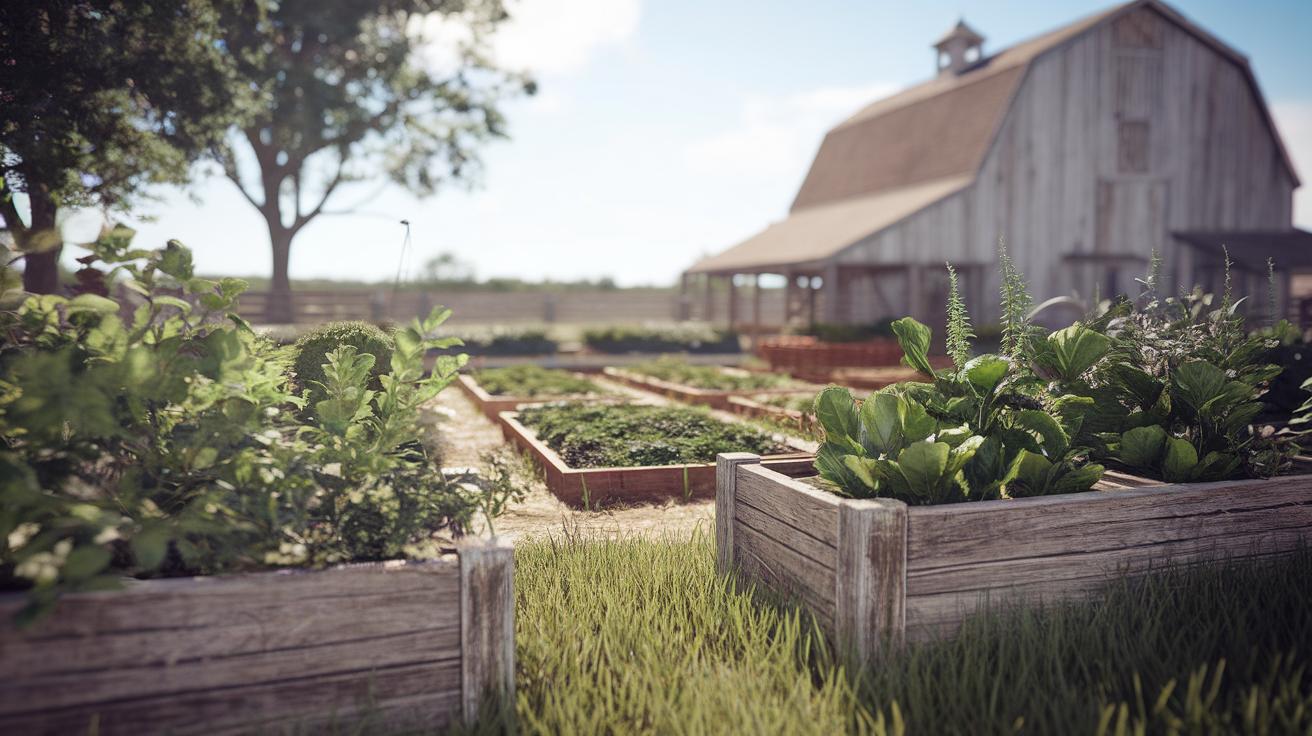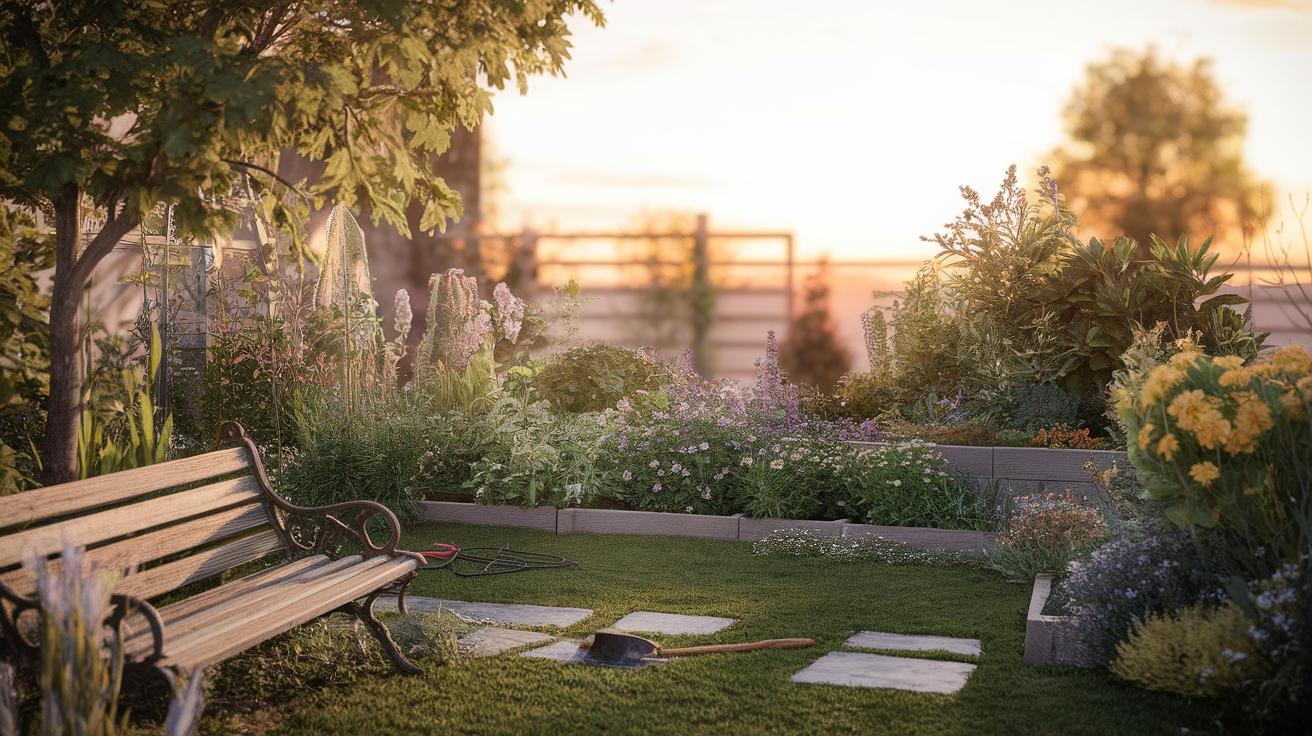Introduction
Indoor plants not only serve as decorative elements in homes and offices but also contribute to the overall well-being of individuals by improving air quality and reducing stress levels. Varieties such as succulents, ferns, and tropical species are popular choices among plant enthusiasts due to their ability to thrive indoors under controlled environments. They bring vibrancy to spaces that may otherwise feel dull, creating a warmer atmosphere that resonates with nature.
The importance of understanding the specific care requirements of indoor plants cannot be overstated. Each species has its own unique needs regarding light, water, and nutrients. Moreover, incorporating indoor plants into your decor doesn’t just enhance visual aesthetics; it fosters a calming ambiance, making it an ideal way to refresh both residential and office spaces. This article explores the various aspects of indoor plants, including their types, care necessities, and benefits.
Understanding Indoor Plants What They Are and How They Differ from Outdoor Varieties
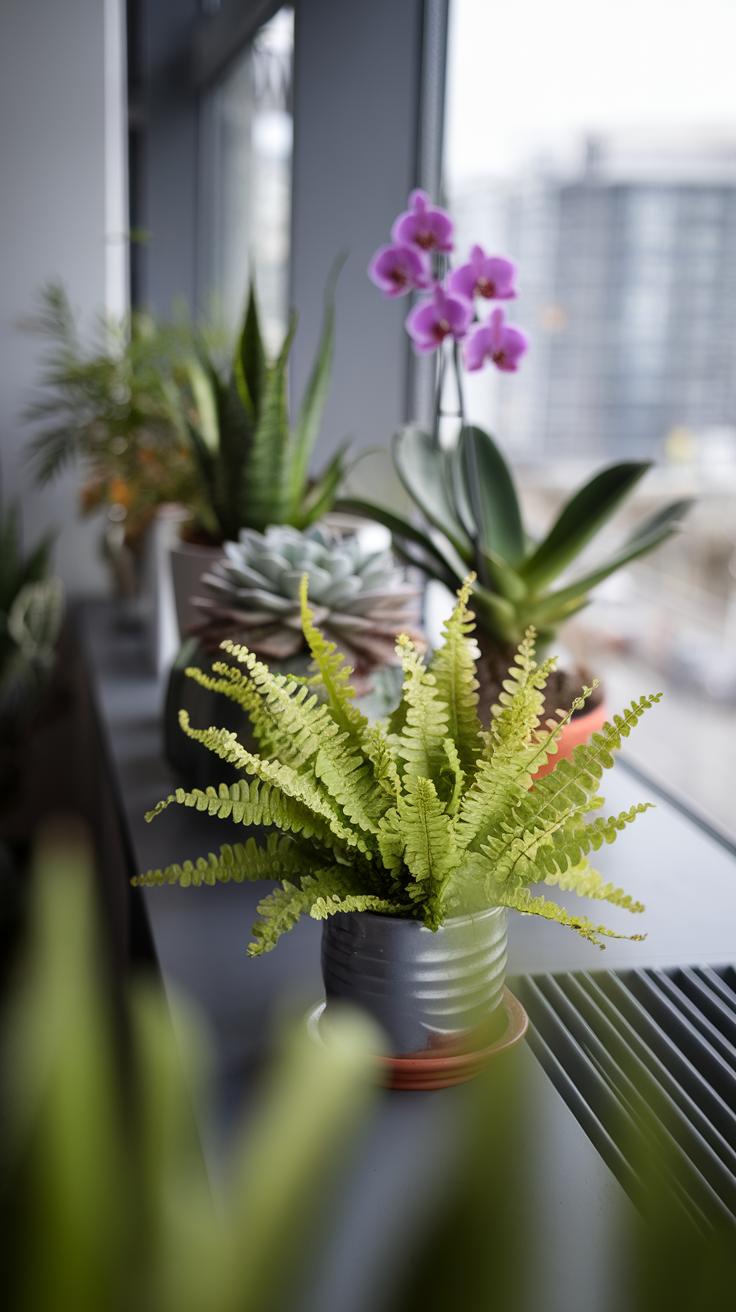
Defining Indoor Plants
Indoor plants are species that thrive in controlled environments, typically within the confines of homes or offices. Characterized by their adaptability to lower light levels and fluctuating humidity, these plants are often selected for both their aesthetic appeal and air-purifying qualities. Common varieties include dracaena, pothos, and snake plants, each offering unique foliage and caretaking needs. Unlike outdoor plants, which are exposed to harsher elements and greater sunlight, indoor plants are bred or selected to flourish in more stable conditions, allowing them to bring life and vibrancy into dimly lit spaces.
Common Types and Differences
Popular indoor plants span a variety of types, including succulents, ferns, and flowering houseplants. Succulents, like jade plants, require minimal watering and thrive in bright spaces, while ferns flourish in humidity and indirect light. In contrast, outdoor plants typically require full sunlight and may withstand weather extremes. Understanding these distinctions can help enthusiasts choose the right specimens for their living areas. With careful selection, indoor plants not only beautify but also promote a serene atmosphere, making them invaluable additions to modern homes.
Benefits of Indoor Plants Transform Your Home Environment
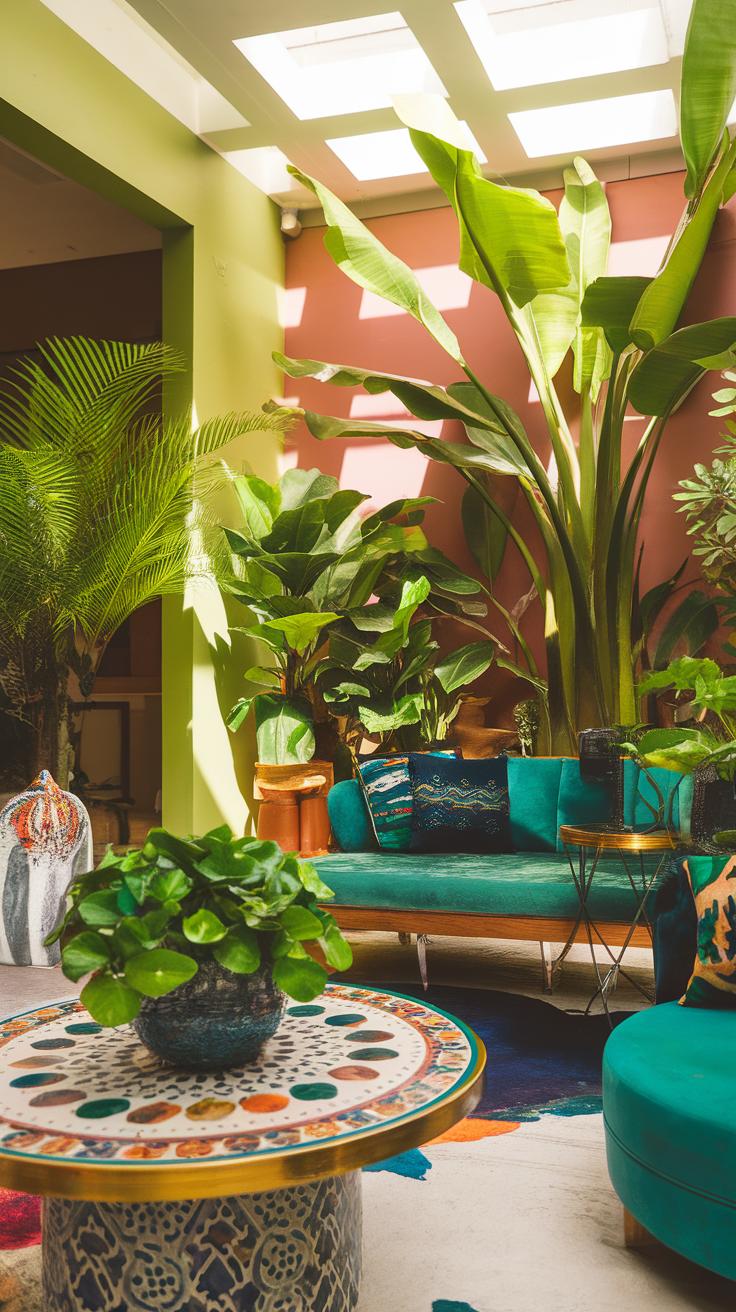
Air Quality Improvement
Integrating indoor plants into your living space significantly enhances air quality. Plants can absorb harmful toxins such as formaldehyde and benzene, which are often present in household items. They engage in photosynthesis, releasing oxygen and improving the overall ambiance. This natural purification process leads to healthier indoor air, which can noticeably benefit respiratory health. Studies even suggest that environments with greenery can reduce symptoms of headaches and fatigue caused by poor air quality, creating a revitalizing space for relaxation and productivity.
Mental Health Support
Having indoor plants provides substantial mental health benefits. The presence of greenery can reduce stress levels, boost mood, and increase feelings of calm and tranquility. Engaging in plant care can also offer a sense of purpose and fulfillment, while the aesthetic appeal contributes to an uplifting environment. For many, tending to plants serves as a therapeutic activity, promoting mindfulness and reducing anxiety. The vibrant colors and textures of various plants can stimulate creativity, making indoor greenery a valuable addition to any home.
Choosing the Right Indoor Plants Brighten Your Space With Lively Indoor Plants
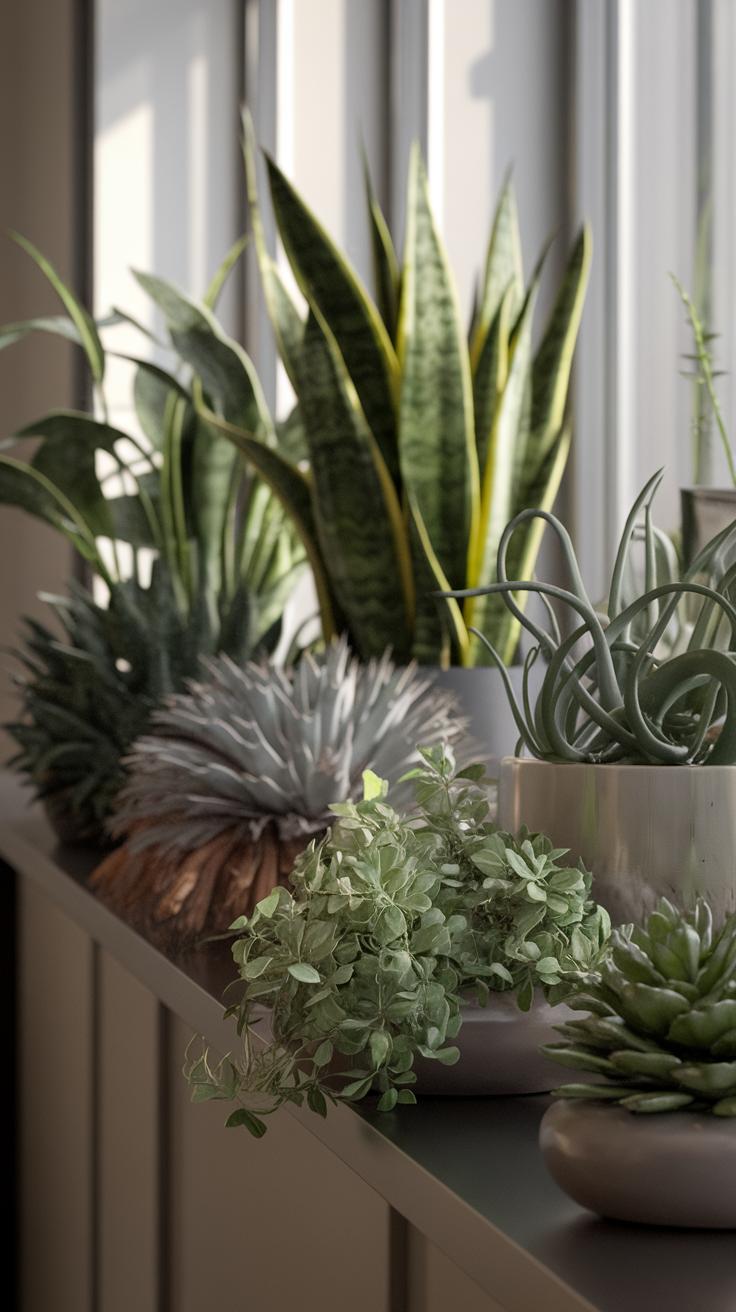
Selecting Based on Light Availability and Room Size
Choosing the right indoor plants requires careful consideration of your home environment. Assess the amount of natural light each room receives, as different plants thrive in varying light conditions. For low-light spaces, consider snake plants, ZZ plants, or pothos, which tolerate shade well. Conversely, rooms with ample sunlight can accommodate vibrant options like succulents or jade plants that flourish in brighter conditions.
Room size is another essential factor in your selection process. Smaller spaces benefit from compact plants such as air plants or ferns, while larger rooms can showcase dramatic specimens like fiddle leaf figs or palm trees. Striking a balance between the size of the plant and the room creates a harmonious atmosphere, contributing to overall comfort and aesthetics.
Considering Care Requirements
Each plant species has unique care requirements that should influence your choices. Some require frequent watering and humidity, while others prefer drier, well-drained conditions. If you’re new to plant care, opting for low-maintenance varieties such as rubber trees or peace lilies is wise. These plants are forgiving and resilient, allowing for a more enjoyable experience as you get accustomed to nurturing greenery in your home.
By aligning your selections with light, room size, and care needs, you can create a vibrant indoor garden that not only enhances your space but also enriches your daily life.
Caring for Your Indoor Plants Essential Tips for a Thriving Indoor Environment
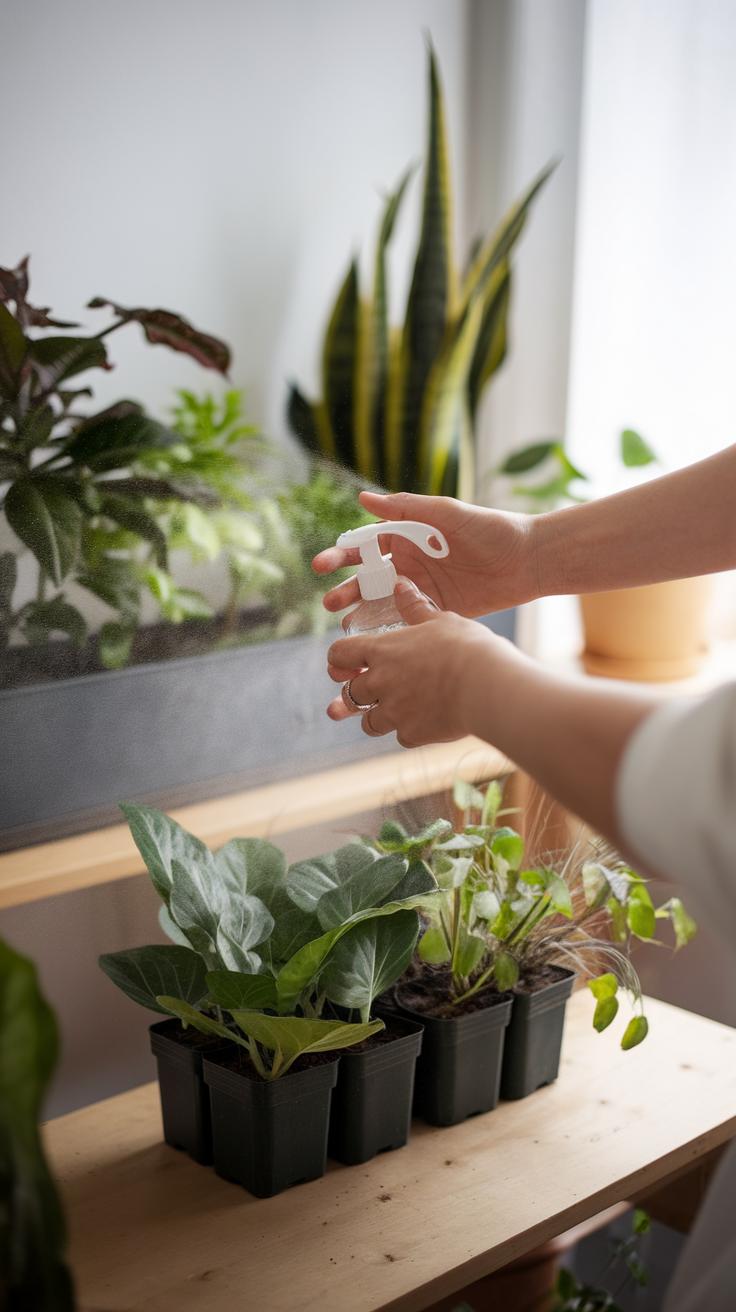
Watering Your Indoor Plants
Maintaining the right watering routine is vital for indoor plants. The frequency of watering depends on the plant type, pot size, and environmental conditions. A general rule is to allow the top inch of soil to dry out before re-watering. Always use pots with drainage holes to prevent waterlogging, which can lead to root rot. Using room-temperature water is preferred as it helps prevent shock to the plant. Observing changes in leaf color can indicate whether your plant needs more or less water.
Humidity and Temperature Considerations
Most indoor plants thrive in environments with higher humidity levels, typically between 40-60%. If your home is dry, especially during winter, consider using a humidifier or placing a pebble tray filled with water beneath your plants. Grouping plants together can also create a microenvironment of higher humidity. Pay attention to temperature, keeping plants away from drafts, AC vents, and heaters, as sudden temperature changes can stress them. A consistent environment promotes healthy growth and keeps your indoor garden vibrant.
Potting and Soil Choice
Choosing the right pot and soil is key to successful indoor gardening. Opt for pots that provide adequate space for roots to grow and ensure proper drainage. When selecting potting soil, consider blends designed for houseplants, providing a balance of drainage, aeration, and moisture retention. Repotting should be done every couple of years or when the plant outgrows its container. Always gently loosen the roots before transferring to a larger pot to encourage healthier growth. These practices will help in creating a lively, flourishing indoor space.
Common Indoor Plant Pests Identify Common Pests that Affect Indoor Plants and How to Treat and Prevent Infestations
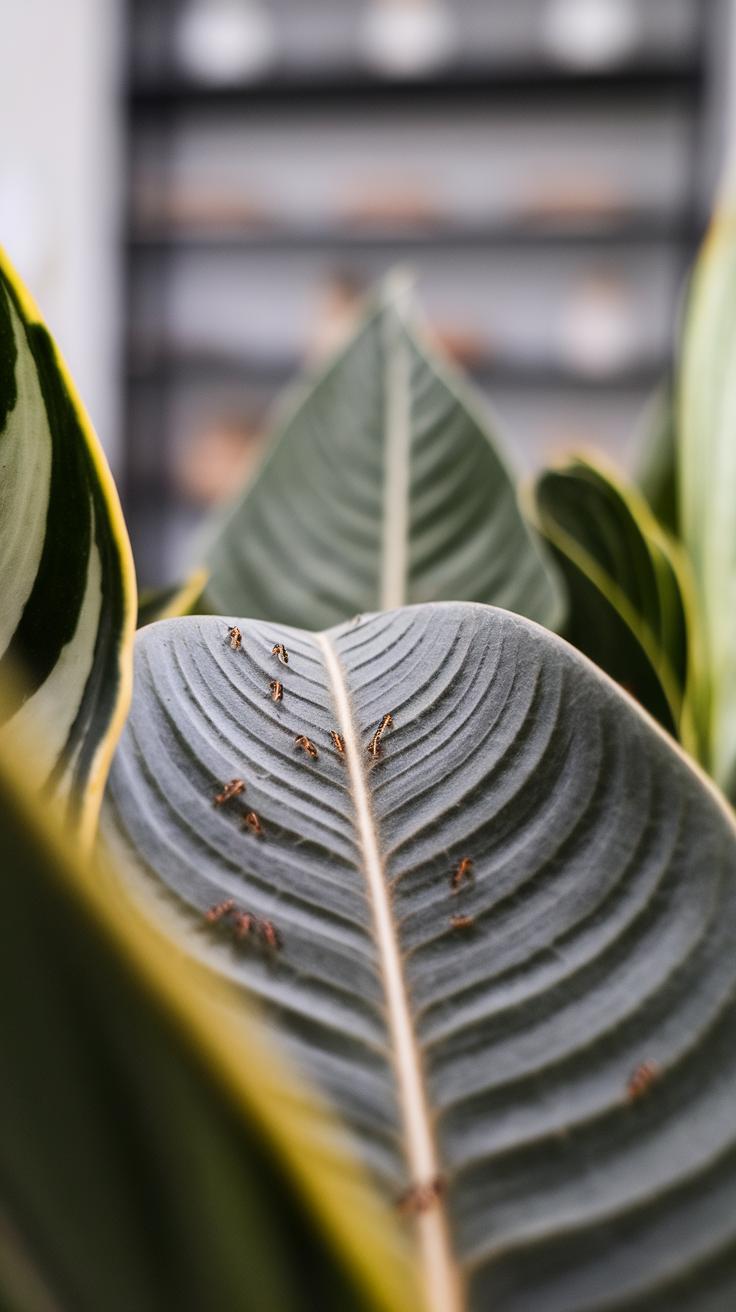
Indoor plants not only beautify your home but can also attract unwanted pests. Recognizing these pests early is crucial for maintaining your plant’s health. Common nuisances include aphids, spider mites, mealybugs, and fungus gnats. Aphids often cluster on new growth, while spider mites create fine webs on leaves. Mealybugs are characterized by their cottony appearance, and fungus gnats thrive in overwatered soil.
Identifying Pests and Their Treatment
Physical inspection is key for pest identification. For minor infestations, insecticidal soap or a neem oil solution can be effective treatments. For fungus gnats, allowing the top layer of soil to dry out will disrupt their breeding cycle. Maintaining proper humidity and air circulation can significantly reduce pest occurrences. Preventive measures include regularly cleaning leaves and monitoring for signs of stress in your plants.
Indoor Gardening Trends Brighten Your Space with Lively Indoor Plants

Current Trends in Indoor Gardening
Indoor gardening has become a vibrant expression of style and wellness, showcasing new trends that reflect consumer preferences. Lively indoor plants like the Monstera Deliciosa and the Snake Plant are becoming popular choices due to their air-purifying qualities and striking visuals. Houseplant enthusiasts are also favoring smaller varieties, such as succulents and ferns, for their low maintenance and versatility.
Creative arrangement styles have gained momentum, often featuring cascading plants in macramé hangers or living walls composed of multiple species for an urban jungle feel. Additionally, aesthetic shelves and plant stands are increasingly favored to showcase these verdant displays, marrying functionality with art. These trends not only enhance the ambiance of indoor spaces but also promote a sense of tranquility and connection to nature.
Popular Plant Choices and Arrangement Styles
Selection of indoor plants often hinges on personal taste and space considerations. Favorites include robust tropical plants like the Fiddle Leaf Fig and low-light champions such as Pothos. Many indoor gardeners are experimenting with color coordination and themed plant arrangements, creating cohesive visuals that reflect individual styles.
Vertical gardening is also on the rise, encouraging the use of wall-mounted planters that maximize floor space while adding significant drama to any room. A combination of texture, height, and foliage variety enhances each display, promoting an invigorating atmosphere that invites creativity and relaxation. As these trends evolve, more people are finding joy in integrating indoor plants into their everyday lives.
Integrating Plants into Your Interior Design Transform Your Home Environment with Indoor Plants
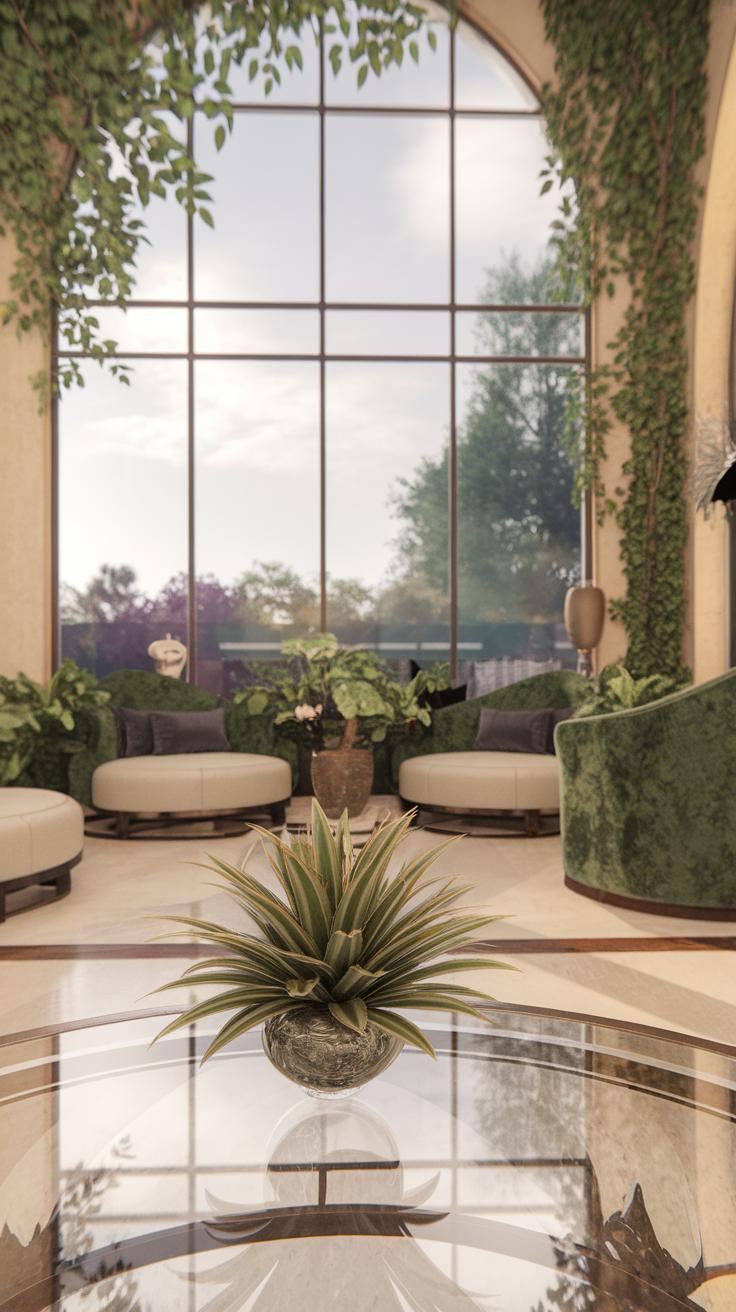
Harmonizing Plants with Various Design Styles
Indoor plants serve as versatile elements that can seamlessly blend into diverse interior design styles. In minimalist spaces, the simplicity of a single, sculptural plant like a fiddle leaf fig can serve as a striking focal point. Rustic interiors benefit from potted herbs or trailing vines that enhance warmth and coziness. For a contemporary look, consider using geometric planters filled with vibrant succulents that add texture and color to sleek lines.
In bohemian-themed rooms, a variety of plants in eclectic pots can create a relaxed, organic atmosphere. Mid-century modern designs often pair well with streamlined planters housing tall snake plants or pothos, offering a striking balance of form and function. By thoughtfully placing plants throughout your home, you not only enliven your space but also enhance the overall aesthetic quality while cultivating an inviting environment.
Strategic Placement for Maximum Impact
Placement is key when incorporating indoor plants into your design. Grouping plants at varying heights creates visual interest and draws the eye. Shelves, windowsills, and hanging planters can showcase plants in a way that complements existing decor. When positioned near natural light sources, leafy greens resonate with vitality, enriching the room’s ambiance.
Consider using plants to delineate spaces, especially in open floor plans. Tall plants can act as natural dividers, while smaller ones can accentuate furniture arrangements. By integrating foliage into your interior design thoughtfully, you cultivate a vibrant atmosphere that not only beautifies your home but also promotes a sense of well-being.
Sustainability of Indoor Plants
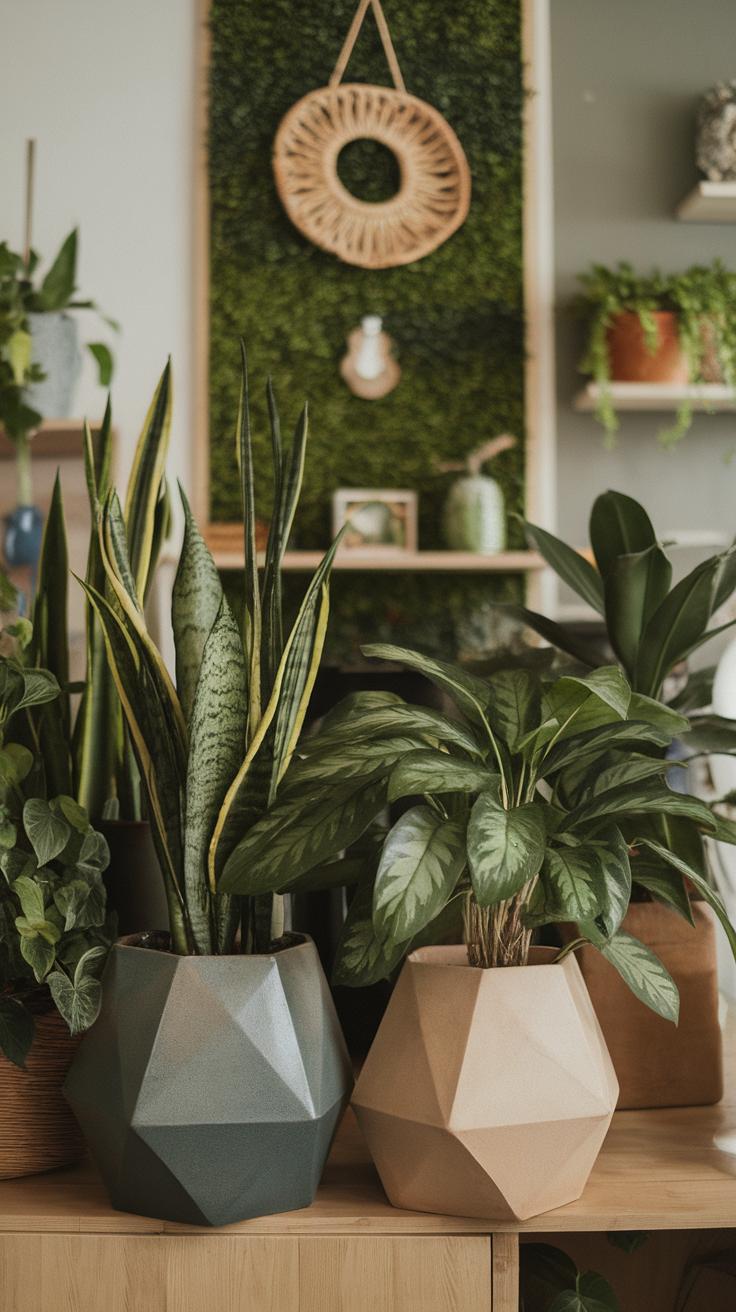
Environmental Benefits of Indoor Plants
Indoor plants significantly contribute to environmental sustainability, acting as natural air purifiers by filtering harmful pollutants such as formaldehyde and benzene. By photosynthesizing, they absorb carbon dioxide and release oxygen, thus enhancing indoor air quality. This improved air quality can lead to better respiratory health for inhabitants. Incorporating indoor greenery not only promotes personal well-being but also combats climate change by reducing the overall carbon footprint.
Encouraging Biodiversity and Ecosystem Health
Maintaining indoor plants fosters a connection with nature, encouraging homeowners to appreciate local biodiversity. When selecting plants, opting for native species can further benefit the ecosystem by supporting local flora and fauna. By nurturing these plants indoors, individuals play a role in promoting sustainable practices that extend beyond their personal space, contributing to a healthier planet overall.
Conclusions
Indoor plants serve multiple roles as aesthetic enhancers and health boosters within our living and working environments. Their ability to purify the air and promote emotional well-being makes them an essential element in modern interior design. When choosing the right plants for your space, it’s vital to consider their specific care needs and your home environment’s unique conditions.
As you embark on your journey of incorporating indoor plants into your space, remember that the right choices can lead to a flourishing indoor garden that not only enlivens your surroundings but also positively impacts your health. Embrace the greenery, and let your indoor plants bring life and joy to every corner of your home.


